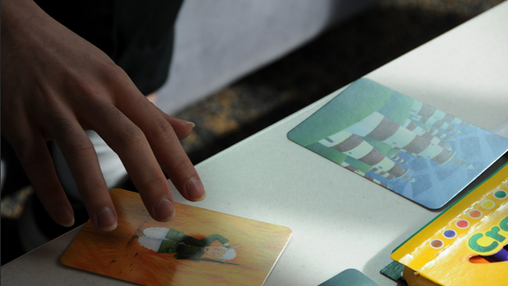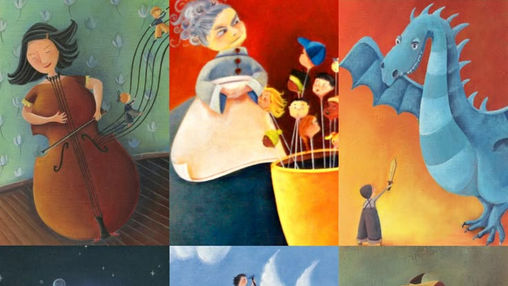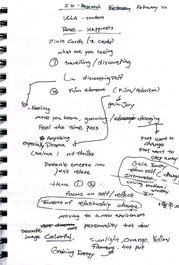ID Research
A research project regarding happiness
Happiness depends upon ourselves. ”
– Aristotle

Duration:
14 weeks project 2025 Spring
Focus:
This research explores the deeper motivations behind user behavior to distinguish needs from wants and apply meaningful insights to design solutions.
Skill Set:
Generative Research
Networking
Physiognomy
Interview Planning & Conduct
Diagram Drawing
P.N.S.T.I.O. Analysis
Insights Statement

Research Objectives

Why do people feel happiness?
How does this change over time?

Interviewees
Conduct interviews with five participants and one expert on the topic

Participants

MingYang 20-year-old
"Share Experiences, Meeting people and open doors to the world"
Rose 19-year-old
"As long as I remember who I am"
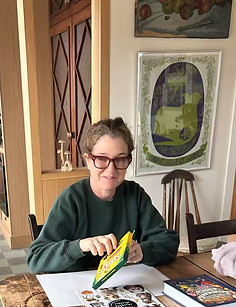

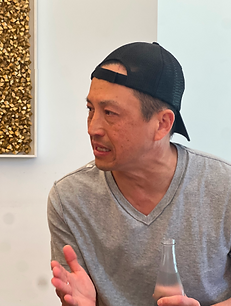
Meredith 42-year-old
“I love being in nature feeling of untouched; people are just background noise"
Will 63-year-old
“Happiness is freedom, without
responsiblilty"
Leon 65-year-old
"This life here is momentary; we need to think about eternity, that’s true joy"
Expert

Nick
"Happiness is elusive — caught between childhood’s lost joy and the search for lasting peace in adult life"

Interview Tool Kits
1. Dixit Card
2. Happiness Suitcase
3. Draw a Joy
Dixit cards, known for their abstract imagery, are used to spark memories and personal associations. Participants chose three cards that represented the types of joy certain objects could bring them.
Dixit Card
What is the visual perception of happiness?
+ Abstract and symbolic images, pushes participants to think deeper
+ Reduces pressure of verbal expression
+ Interactive and playful experience
- Limitations of options to choose from
- Cultural or personal differences in interpreting image
In this exercise, the interviewee selects stickers from a book, and we use their choices as prompts to ask laddering questions and explore deeper insights.
Happiness Suitcase
Why do people need happiness?
+ Promotes deep personal reflection
+ Balances the tangible and abstract
+ Engaging and imaginative
- Risk of overly literal responses
- Potential for overly idealized answers
Draw a Joy
We asked the interviewee to draw a cherished childhood memory and used their illustration to guide laddering questions and uncover deeper emotional insights.
What does the experience of happiness mean to people? How do they vary from different individuals?
+ Sparks storytelling
+ Inclusive and accessible
- May trigger mixed or painful memories
- Could feel intimidating

Interview-Unlocking Intrinsic Value



A one-hour interview was structured into three 20-minute exercises: the Dixit card, Draw a Joy and the Happiness Suitcase.
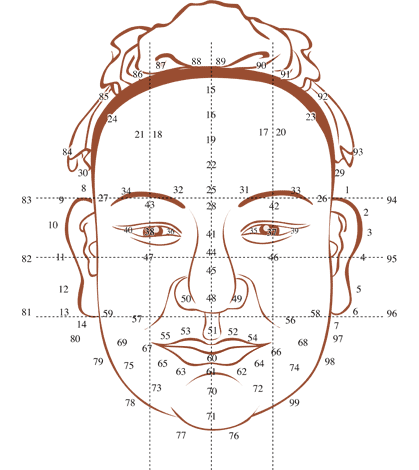

I applied physiognomy techniques during the session to interpret the interviewee’s personality and identify key insights that reveal their intrinsic values.
Interview with MingYang
Shared suffering that we went through = valuable
Had shared goal with everyone
Buddhism = life is a lot of suffering
Most sea is turbulent but there’s a lighthouse that keeps you going
Everybody is going through the same thing

Meeting different people = happiness
Interview with Rose
Sunlight, orange, yellow, wind = happiness
As long as I bring who I am = happy
Don’t want to be 100% realistic in the future

Memory is meaningless without people
Breathing fresh air = charging process
Interview Meredith
Nature is the best designed
Green = it’s life
They’re just background noise
My mind gets quiet in nature, untouched, I feel at peace
Everything grows is green, without it there’s no life

Happiness=Personal Space & Care
Happiness Highlights
Interview with Nick

Experiences usually involve feelings, but they aren’t identical to feelings.
Any attempt to get at an instinct for happiness is going to be contaminated by the conception of happiness already present in a given culture
Happiness is pleasure, therefore any pleasure no matter how fleeting is happiness.
Often, childhood is the happiest time of life, and in later life we look back to it as a standard of happiness.
Happiness in early adulthood can seem particularly elusive, because it follows on the lost happiness of childhood, and it comes before settling into a life long routine, within which one attempts to find happiness as an adult.

Decoding Happiness: A Design-Driven Diagram Study
After conducting interviews, we applied a range of analytical tools to extract meaningful insights and identify actionable opportunities. These methods allowed us to visualize and organize our findings in structured, innovative ways.
These visuals support the discovery of key findings and the creation of design ideas.





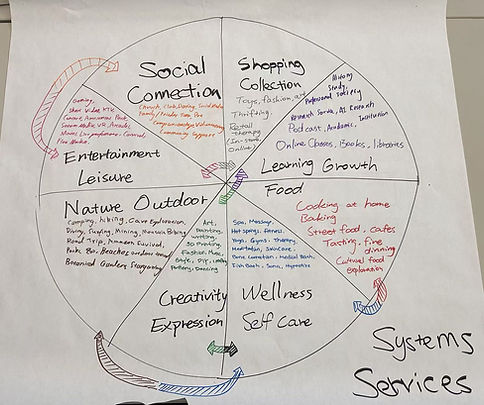





Findings-Emotional Drivers of Happiness
Contributions of Happiness
Approval, personal growth, true to self
Self-expression is both a path to happiness and a reflection of it. When people are free to be themselves and live in ways that align with who they are, people will experience a deeper kind of happiness.

Self-Expression
Connection is a sense of belonging and an emotional bond with others. It often brings a deep and lasting kind of happiness that’s more meaningful than fleeting pleasure.
Recognition, shared experience
Connection

Freedom is the condition for lasting happiness. It allows people to make choices that align with their true values, desires, and identity.

Freedom and Escape
No responsibility, no distraction, faith
People need a sense of safety and predictability in life; they often relate themselves to an object or memory to reflect on the happiness
Secure and Stability
Reliving Childhood, belonging


Design Principles
Inclusive
Foster human presence and emotional bonding
Customizable
Enable personalization and genuine expression
Explorative
Design for flow, exploration, and emotional uplift
Supportive
Build trust through clarity and consistency

Insights & Opportunities
Promote intrinsic value and self-acceptance
Self-worth is being outsourced
Success is rarely defined by emotional health
Rest is treated as a luxury, not a necessity
Fear of negative emotion drives disconnection
Collective joy is undervalued
Expand definitions of success to include inner peace
Normalize rest and recovery
Encourage non-productive moments as vital
Create safe ways to confront and process hard emotions. Support emotional range and openness in relationships
Center joy as a shared, social experience
Design for celebration, play, and togetherness
Opportunities
Insights

How might we promote intrinsic value
and self-acceptance?
How might we shift focus from external
validation to internal reflection?
Self-Worth is being outsourced
Expand definitions of success to include inner peace
Validate emotional well-being as a life goal
Success is rarely defined by emotional health

Normalize rest and recovery
Encourage non-productive moments as vital
Rest is treated as a luxury, not a necessity

Create safe ways to confront and process hard emotions
Support emotional range and openness in relationships
Fear of negative emotion drives disconnection


Center joy as a shared, social experience
How might we design for celebration, play, and togetherness
Collective joy is undervalued



Tracing the Shape of Happiness
Happiness shifts with time—shaped by values, stage of life, and emotional needs
It moves from achievement to authenticity, presence, and connection.
Happiness Research


Lava Lamp Redesign


I applied insights and design principles from happiness research to redesign the lava lamp.
Fun Moments
I still remember the times I was running around for interviews and research projects. Looking back now, I realize how much I loved those moments—I’m truly passionate about the process.
 |  |
|---|---|
 |  |
 |  |
